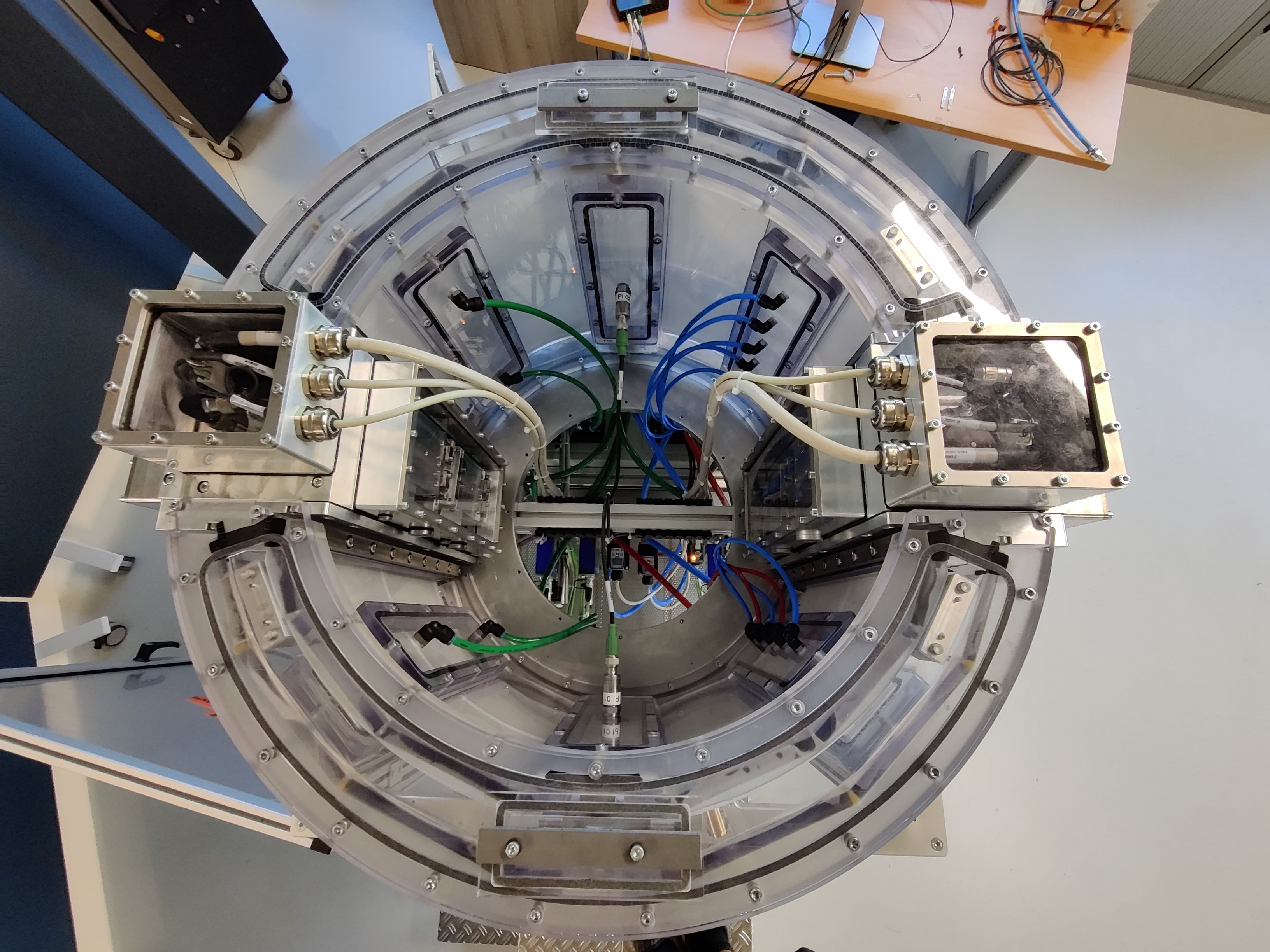We are scientists and engineers on a mission to tackle climate change
In the search of new materials to boost the efficiency of solar panels, by accident, one of the samples becomes highly porous. To his lucky surprise, this is the moment that Hans De Neve realizes how it could be used for the sake of direct air capture…
In 2018, a small team of researchers at TNO runs a series of experiments to validate Hans’ idea to use the porous material, that he created by accident, for direct air capture of CO2. The first results are very promising and TNO investigates the option to create a spin-off company to further develop the technology and bring it to the market.
Contact us
We welcome new partners to our initiative, so please let us know how you think you can contribute.
For media inquiries, please contact:
media@carbyon.com

